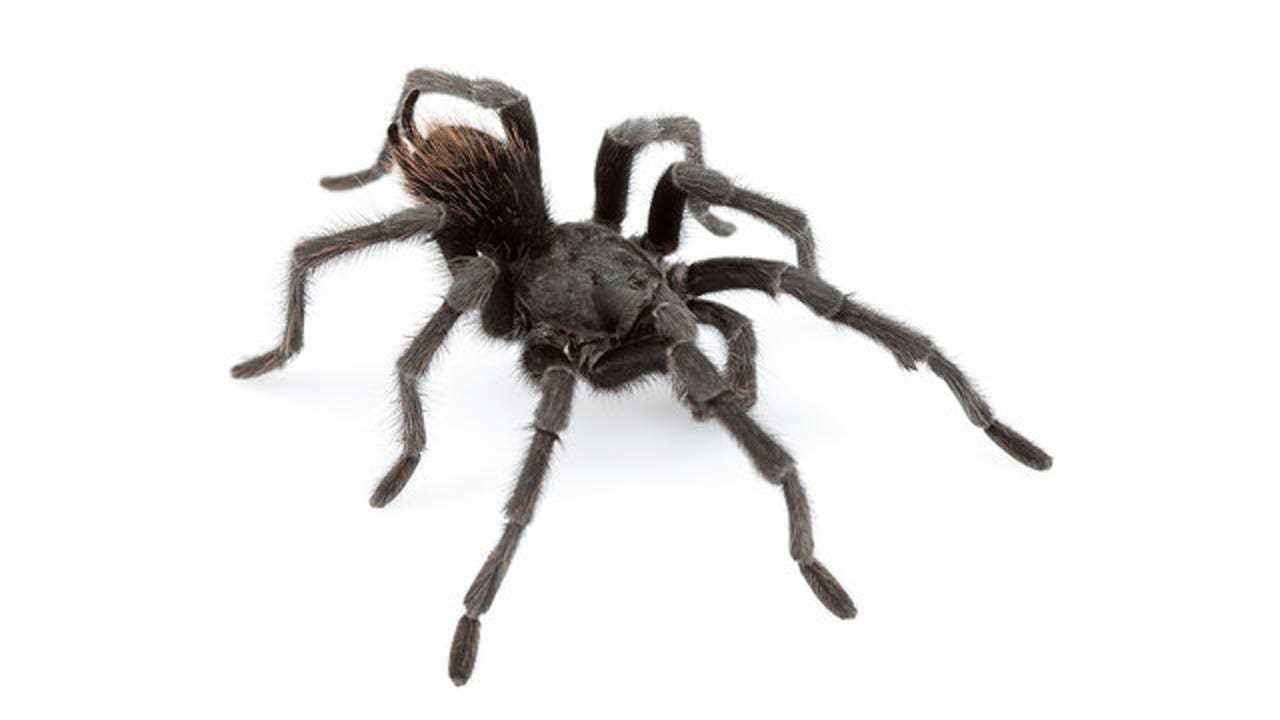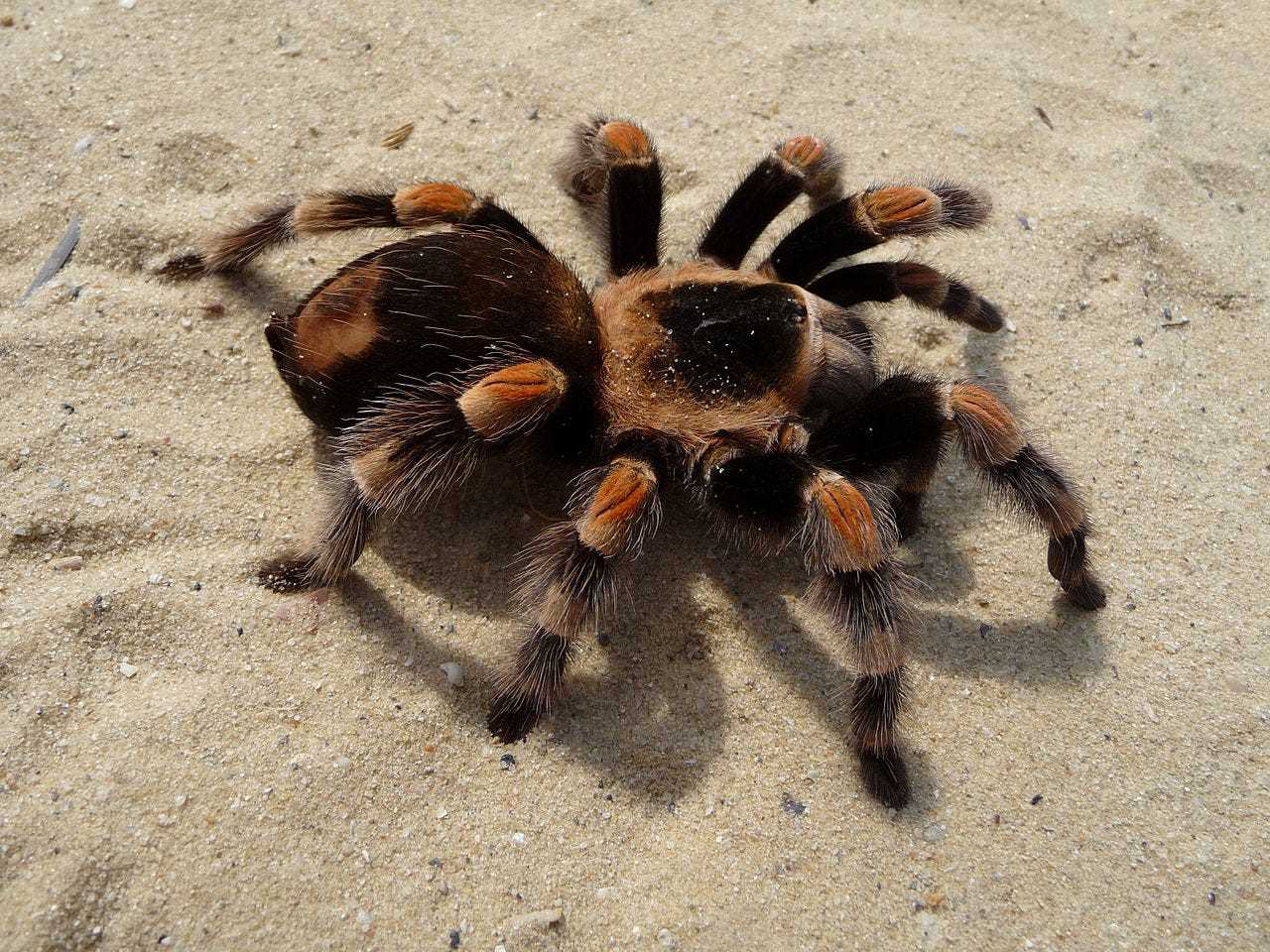
Hibernation is a natural process that allows tarantulas to conserve energy and survive when food sources are scarce. During this time, their metabolism slows down, and they enter a state of deep sleep. This helps them endure the cold temperatures and lack of food until the warmer months arrive.
While in hibernation, tarantulas may appear lifeless, but this is merely a temporary state. They are still alive and their bodies are actively conserving energy until the warmer weather and abundant food supply signal the end of hibernation. Once spring arrives, tarantulas will emerge from their burrows, ready to resume their normal activities and make the most of the favorable conditions.
Tarantula Hibernation: What You Should Know
During hibernation, tarantulas become less active and their metabolic rate slows down significantly. Their body temperature drops, and they enter a state of torpor, resembling a deep sleep. This sleep-like state helps them conserve energy and reduce their need for food and water during the cold season.
What is tarantula hibernation?
During hibernation, tarantulas retreat to their burrows or find a suitable hiding place to sleep. This usually occurs between the months of October and March when the temperatures begin to drop. The cold weather triggers a response in the tarantulas, signaling them to slow down their metabolism and enter a state of deep sleep.
Why do tarantulas hibernate?

Hibernation is crucial for the survival of tarantulas because it allows them to conserve energy during the winter months when food sources may become scarce. By slowing down their metabolism, tarantulas can significantly reduce their energy requirements and withstand the cold temperatures.
Additionally, hibernation also helps tarantulas remain hidden and protected from predators. The deep sleep keeps them hidden away in their burrows or other secure locations, minimizing the risk of being discovered and attacked.
What do tarantulas do during hibernation?

During hibernation, tarantulas remain inactive and do not engage in any activities such as hunting or building webs. Their bodies enter a state of dormancy, and their internal processes slow down to conserve energy. This means that their heart rate drops, their breathing becomes shallow, and their movement becomes minimal.
While in hibernation, tarantulas do not eat and rely on their stored fat reserves for sustenance. They may occasionally wake up for short periods to drink water or adjust their position, but these instances are rare. Overall, tarantulas spend the majority of their hibernation period in a state of deep sleep, conserving energy until the arrival of warmer temperatures.
The Importance of Tarantula Hibernation
Tarantulas, like many other animals, have a natural instinct to hibernate during the winter season. Hibernation is a period of inactivity where the spider slows down its metabolic processes to conserve energy and survive the harsh winter conditions. During this time, tarantulas retreat to their burrows and enter a state of dormancy, similar to sleep.
What is Hibernation?
Hibernation is a survival strategy employed by many animals to cope with unfavorable environmental conditions. It allows them to conserve energy and avoid the challenges associated with finding food and shelter during the winter season.
Tarantulas, being cold-blooded creatures, are particularly susceptible to extreme temperature changes. Hibernation helps them regulate their body temperature, which is crucial for their well-being. By slowing down their metabolism, tarantulas can reduce their energy requirements and survive on limited food reserves during this period.
The Process of Tarantula Hibernation

Before hibernation, tarantulas prepare by building a burrow or finding a suitable shelter. They create a comfortable environment by lining their burrow with silk and organic materials. Once settled, the tarantula will enter a state of dormancy, where its physiological processes significantly slow down.
During hibernation, tarantulas may remain inactive for several months, depending on their species and geographic location. The spider’s metabolism slows down, and its heart rate and breathing become noticeably reduced. Their activity level becomes minimal, and they may spend most of their time motionless in their burrow.
The Role of Temperature
Temperature plays a critical role in the hibernation process of tarantulas. These spiders have specific temperature requirements that need to be met for successful hibernation. If the temperature drops too low, it can negatively impact the spider’s overall health and wellbeing.
It is essential for tarantula owners to provide a suitable hibernation environment to ensure their pet’s safety and well-being. This may involve the use of heating mats or other temperature control devices to maintain a stable and appropriate hibernation temperature.
During hibernation, tarantulas retreat to their burrows or find a suitable hiding place. They enter a deep sleep-like state, where their metabolism slows down significantly. This allows them to conserve energy and survive without the need for food or water for extended periods.
While in hibernation, tarantulas remain inactive and motionless for several months. Their bodies can withstand the cold temperatures, and they do not require external sources of heat to survive. This is because tarantulas have evolved to adapt to their environment and have developed physiological mechanisms to cope with the cold.
Hibernation is crucial for the survival of tarantulas. It allows them to conserve energy and minimize their metabolic activities, reducing the risk of starvation during the winter months when food sources are scarce. By entering a state of hibernation, tarantulas can ensure their survival until the weather becomes favorable again.
Temperature and Hibernation

When the temperature drops, tarantulas will seek shelter and burrow deep into the ground to protect themselves from the cold. They will create a cozy chamber where they can hibernate until warmer temperatures return.
During hibernation, tarantulas enter a state of dormancy. Their metabolic rate slows down, and their bodily functions, such as digestion, also slow down significantly. This helps the spiders conserve energy and survive with limited food resources.
| Temperature | Hibernation Activity |
|---|---|
| Below 50°F (10°C) | Tarantulas enter a deep hibernation state and remain inactive. |
| 50-60°F (10-15.5°C) | Tarantulas become less active and move slower. |
| Above 60°F (15.5°C) | Tarantulas become more active and resume their normal behavior. |

I’m Lena Adams—a product of an unconventional upbringing in the African wilderness. My father, a daring explorer of African wildlife, sparked my fascination with reptiles, a passion that intertwined with the tragic loss of my mother during an expedition, leaving an indelible mark on my life. Driven to understand the creatures that captivated my parents, I embarked on my journey, sharing insights about reptiles, frogs, and lizards on my website. Through my explorations and conservation efforts, I honour my family’s legacy while seeking connections—to the creatures, nature, and the mother whose presence I yearn to understand.
